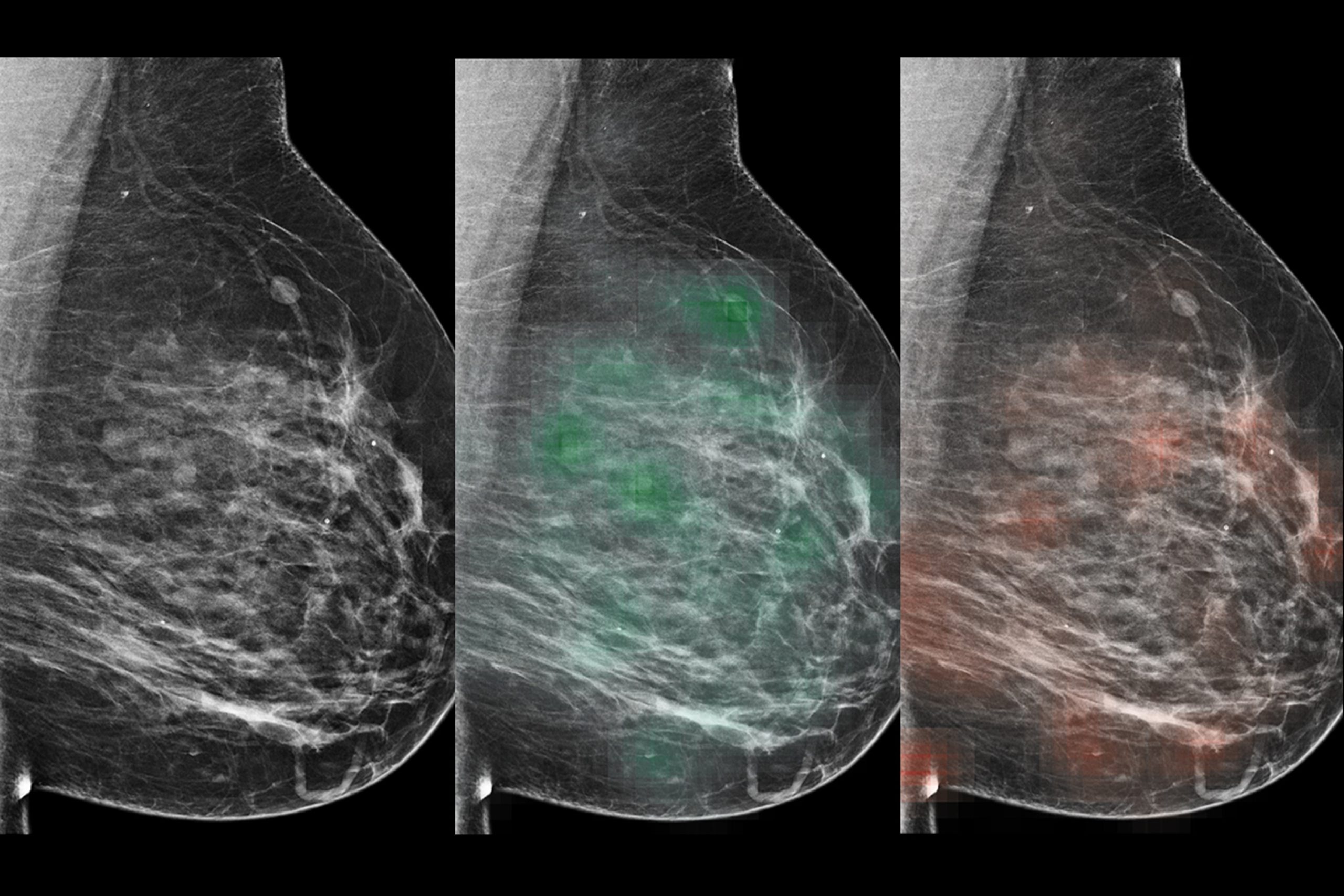
Cutting-edge research from Mayo Clinic and UCSF demonstrates that combining artificial intelligence (AI) imaging with volumetric breast density algorithms can accurately predict the long-term risk of invasive breast cancers. The study compared traditional assessment measures with AI-powered techniques and found that the Transpara AI score, along with Volpara TruDensity, improves risk prediction for various breast cancer types. This advancement in personalized medicine has the potential to save lives and optimize screening and care pathways for high-risk women.
Cutting-edge research conducted by the Mayo Clinic in Rochester, MN, and the University of California, San Francisco (UCSF) has affirmed the power of artificial intelligence (AI) in combination with advanced breast density algorithms to accurately predict the long-term risk of breast cancer, specifically invasive forms of the disease. The study, titled “Impact of Artificial Intelligence System and Volumetric Density on Risk Prediction of Interval, Screen-Detected, and Advanced Breast Cancer,” was recently published in the prestigious Journal of Clinical Oncology.
The objective of this study was to determine whether an AI algorithm could contribute to the prediction of long-term risks associated with advanced and interval breast cancers. The researchers analyzed digital mammogram images from a sample of 2,412 women diagnosed with invasive breast cancer and compared them to a control group of 4,995 matched individuals who had undergone digital mammograms 2-5.5 years before the study. The accuracy of more recent AI-powered methods, such as precise volumetric density measurements and image-based malignancy risk scores, in predicting long-term risks of advanced and interval breast cancers, as opposed to traditional assessment methods like radiologists’ interpretations and BI-RADS density categories.
Key Findings:
The integration of the Transpara AI score, in combination with clinical risk factors including breast density, significantly enhanced long-term risk prediction for various forms of breast cancer, including invasive cancers, screen-detected cancers, advanced cancers, and non-advanced cancers. Notably, for interval cancers, the TruDensity measures provided the greatest discriminatory power, even when assessed several years before the cancer diagnosis.
Software Utilized in the Study:
The Transpara Exam Score is an image-based risk assessment tool that utilizes a 10-point scale to categorize mammograms. It is designed for concurrent reading of mammograms and assigns a higher score to indicate a greater risk of cancer. Clinical research conducted with Transpara has demonstrated an impressive 99.97% negative predictive value for scores between 1 and 7, indicating a low risk. On the other hand, the Volpara TruDensity AI algorithm combines x-ray physics and machine learning techniques to generate highly accurate volumetric measurements of breast composition, minimizing the potential for variability arising from human interpretation.
Professor Nico Karssemeijer, Ph.D., Chief Scientific Officer at ScreenPoint Medical and a faculty member at Radboud University, expressed his enthusiasm for the advancements made in understanding the interplay between breast density and cancer risk: “While the correlation between density and breast cancer risk has been known for decades, recent research has significantly advanced our ability to comprehend the impact of density combined with image-based risk, ultimately driving personalized medicine for women.”
Widely adopted by leading medical centers worldwide, Transpara has successfully analyzed over 4 million mammograms to date. Research indicates that Transpara can help detect up to 45% of interval cancers earlier, thereby reducing the workload for healthcare professionals and optimizing workflow.
Breast density plays a crucial role in assessing the risk of breast cancer, and an objective, volumetric measurement of density is pivotal in this process. Dr. Ralph Highnam, Chief Science and Innovation Officer at Volpara Health, highlighted the value of AI in uncovering valuable insights that enable clinicians to identify individuals at risk and tailor personalized screening and prevention strategies: “Through the power of AI, we can uncover valuable insights that help clinicians identify individuals at risk for cancer and tailor personalized screening and prevention strategies.”
Volpara’s software, utilized by over 6 million women annually for assessing breast density, has been proven to significantly reduce reader variability. Radiologists agree with Volpara’s density assessment of non-dense (a or b) or dense (c or d) breasts 96% of the time.
Prof. Karssemeijer emphasized the potential benefits of early identification of image-based risk, which can facilitate more effective screening and care pathways for high-risk women while minimizing disruption in their lives when intervention is required. He emphasized the importance of a focused and personalized approach to screening, stating, “Screening today requires this type of focused, personalized approach. We hope that the work we are doing empowers women and their providers to deliver the right care in the right way at the right times.”




